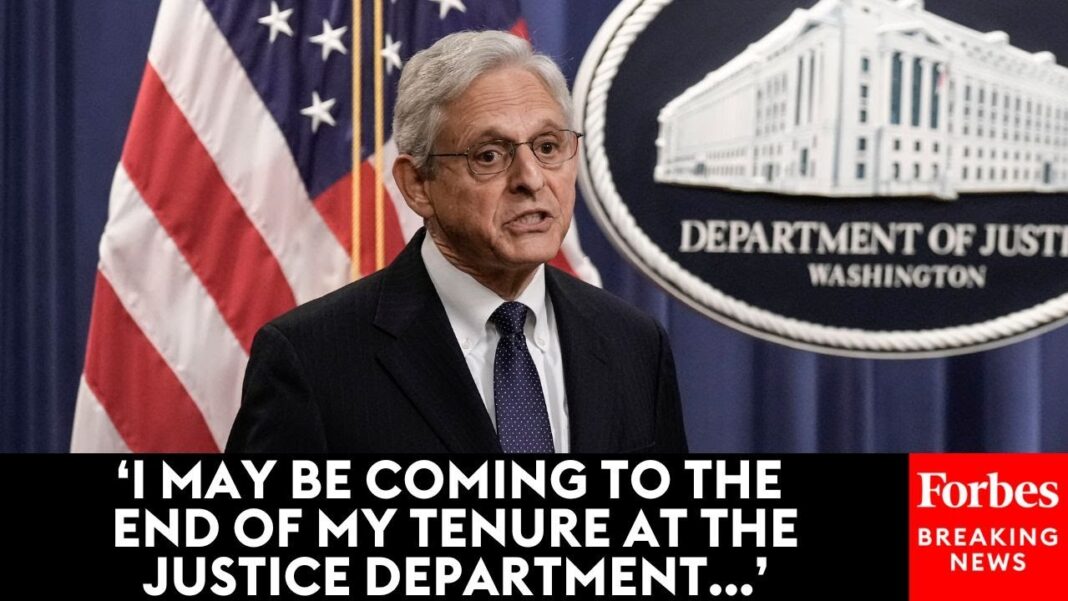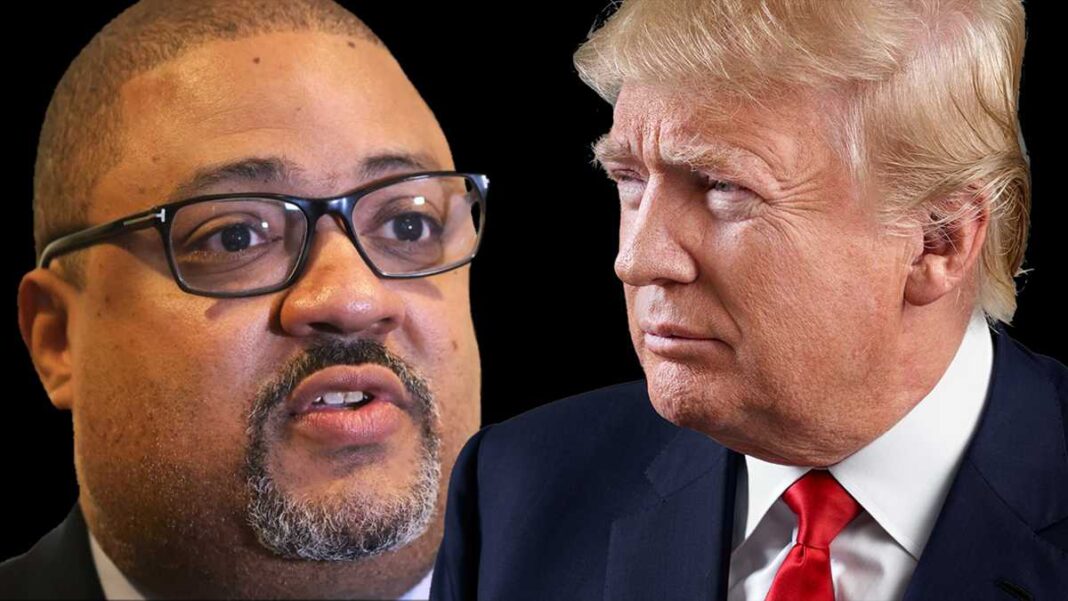‘If the President can’t fire them, then who exactly are they accountable to?’ attorney Matt Bowman said.
President-elect Donald Trump’s efforts to slash federal spending and pare the administrative state will face many challenges and could even force court rulings to determine how much authority the President has over the executive branch of government.
Not least of those challenges will be laying off of federal employees.
Trump announced on Nov. 13 that his administration would establish a new Department of Government Efficiency (DOGE), to be run by billionaire entrepreneur Elon Musk, founder of Tesla and SpaceX, and by former presidential candidate and tech entrepreneur Vivek Ramaswamy.
“These two wonderful Americans will pave the way for my administration to dismantle government bureaucracy, slash excess regulations, cut wasteful expenditures, and restructure federal agencies,” Trump said.
Musk has set a goal of cutting $2 trillion from the federal budget. And during his presidential campaign, Ramaswamy proposed laying off up to 75 percent of federal employees.
Musk, who said that DOGE will “send shockwaves through the system,” has built a reputation for staff cuts, having let go about 80 percent of Twitter employees once he purchased the social media company, now renamed X.
Federal employees at all levels could be facing similar treatment, but firing public servants will likely be more complicated than firing employees at a private company.
Currently there are about three million federal employees. They fall into three categories, each with different paths for removing them.
Presidential Appointments
The first category is civil servants, typically those in senior leadership positions, who are appointed directly by the President.
Approximately 4,000 members of the federal workforce are political appointees. Of these, 1,200 are Presidential Appointment with Senate Confirmation (PAS) employees—as the name implies, employees who require Senate confirmation.
“Most executive branch officials that are politically appointed are cleanly and clearly, uncontroversially removable at will by the President,” Jonathan Berry, managing partner at Boyden Gray and chief counsel to Trump’s transition team in 2017, told The Epoch Times.
While Trump can fire appointed staff at any time, replacing PAS employees will require Senate confirmation, which delayed the staffing of his first administration.






